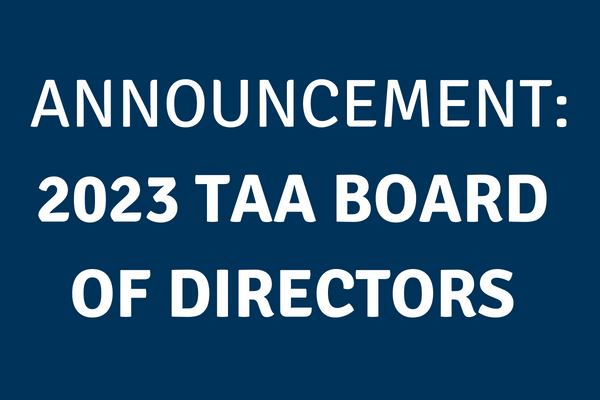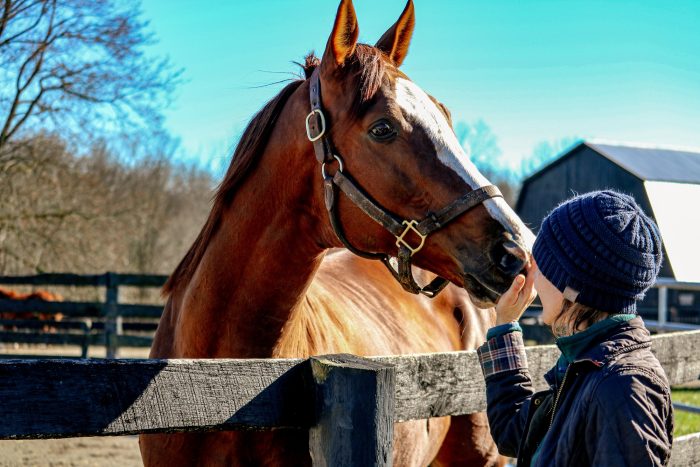Richard Schosberg
TAA Board of Directors Elects Six New Members
The Thoroughbred Aftercare Alliance (TAA) Board of Directors voted at its meeting Dec. 14 to add six new directors in 2023. For a second consecutive year, Jeffrey Bloom, managing partner […]
Read More >
Big Anniversary
This year the Thoroughbred Aftercare Alliance celebrates 10 years of service since being established by the industry—an anniversary that offers racing an opportunity to make actionable goals for continued support […]
Read More >














